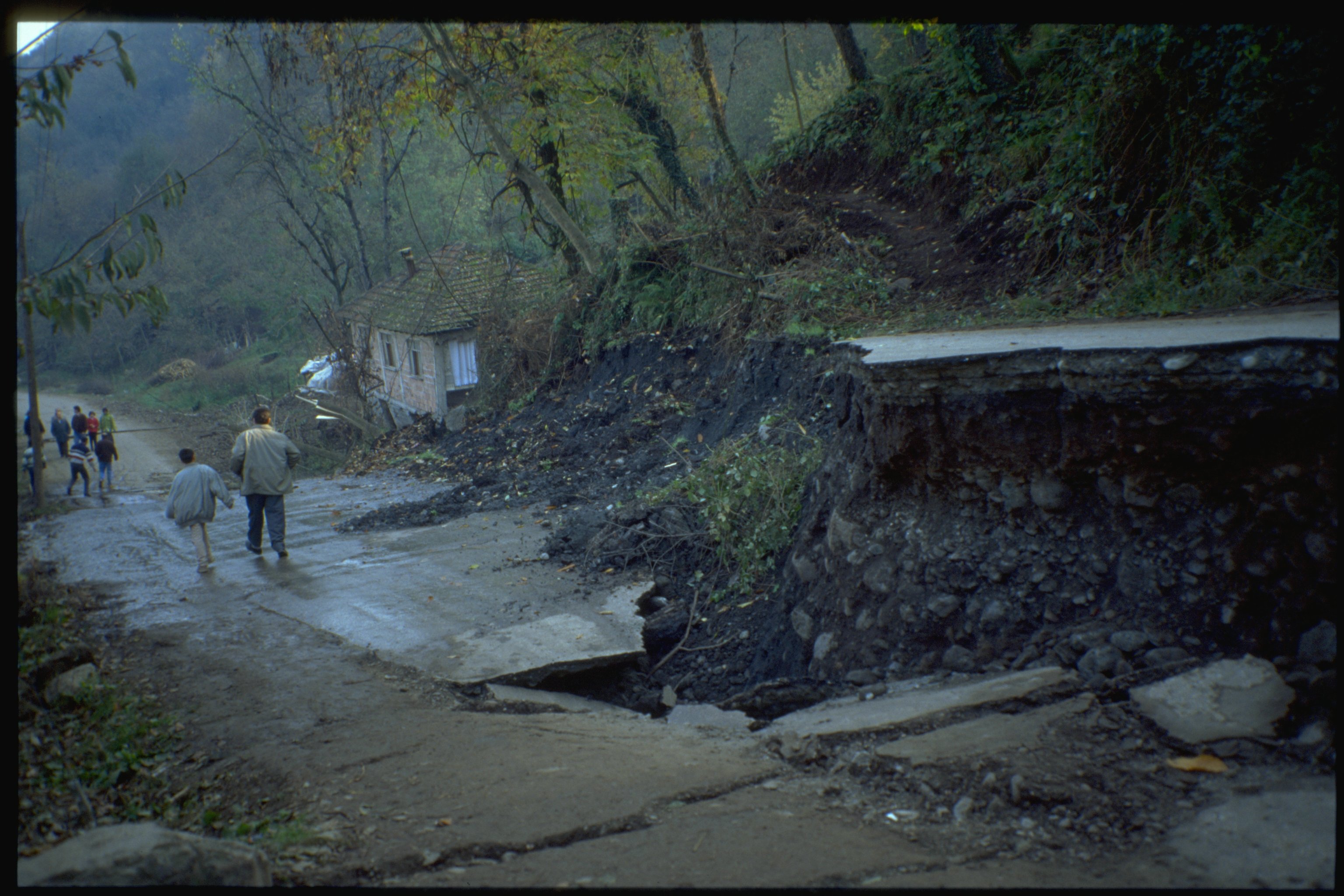All Categories
Featured
Table of Contents
Geophysical Surveys in Henley Brook Western Australia 2022

(PREM)., and the borders in between layers of the mantle are constant with phase shifts.

This makes plate tectonics possible. Schematic of Earth's magnetosphere. The solar wind circulations from left to right. If a planet's magnetic field is strong enough, its interaction with the solar wind forms a magnetosphere. Early area probes drawn up the gross dimensions of the Earth's electromagnetic field, which extends about 10 Earth radii towards the Sun.
Inside the magnetosphere, there are relatively thick areas of solar wind particles called the Van Allen radiation belts. Geophysical measurements are typically at a specific time and location. Precise measurements of position, in addition to earth contortion and gravity, are the province of geodesy. While geodesy and geophysics are different fields, the 2 are so carefully linked that lots of clinical organizations such as the American Geophysical Union, the Canadian Geophysical Union and the International Union of Geodesy and Geophysics include both.
Geophysical Survey Services in Martin Aus 2022
A three-dimensional position is determined utilizing messages from 4 or more visible satellites and referred to the 1980 Geodetic Referral System. An option, optical astronomy, combines huge collaborates and the local gravity vector to get geodetic coordinates. This method just supplies the position in 2 coordinates and is more difficult to utilize than GPS.
Gravity measurements ended up being part of geodesy since they were needed to associated measurements at the surface area of the Earth to the referral coordinate system.
Sea level can also be measured by satellites utilizing radar altimetry, contributing to a more accurate geoid. In 2002, NASA introduced the Gravity Healing and Environment Experiment (GRACE), wherein two twin satellites map variations in Earth's gravity field by making measurements of the distance between the 2 satellites using GPS and a microwave ranging system. , which are studied through geophysics and space physics.
Geoscience, Geophysics Option, in Swanbourne Australia 2020

Given that geophysics is concerned with the shape of the Earth, and by extension the mapping of functions around and in the world, geophysical measurements consist of high accuracy GPS measurements. These measurements are processed to increase their accuracy through differential GPS processing. Once the geophysical measurements have actually been processed and inverted, the translated outcomes are outlined using GIS.
Many geophysics companies have actually created in-house geophysics programs that pre-date Arc, GIS and Geo, Soft in order to fulfill the visualization requirements of a geophysical dataset. Exploration geophysics is applied geophysics that often utilizes remote picking up platforms such as; satellites, airplane, ships, boats, rovers, drones, borehole picking up equipment, and seismic receivers.
Aeromagnetic data (aircraft collected magnetic information) gathered utilizing traditional fixed-wing airplane platforms should be fixed for electromagnetic eddy currents that are created as the airplane moves through Earth's magnetic field. There are likewise corrections connected to modifications in determined prospective field strength as the Earth turns, as the Earth orbits the Sun, and as the moon orbits the Earth.
What Is Geophysics? in Yanchep Oz 2023
Signal processing includes the correction of time-series data for unwanted noise or mistakes presented by the measurement platform, such as aircraft vibrations in gravity information. It also involves the reduction of sources of sound, such as diurnal corrections in magnetic information., meteorology, and physics.
The magnetic compass existed in China back as far as the fourth century BC. It was not up until good steel needles might be forged that compasses were utilized for navigation at sea; before that, they could not retain their magnetism long enough to be helpful.
By looking at which of eight toads had the ball, one might figure out the direction of the earthquake. It was 1571 years before the first style for a seismoscope was released in Europe, by Jean de la Hautefeuille. It was never ever constructed. Among the publications that marked the beginning of modern science was William Gilbert's (1600 ), a report of a series of careful experiments in magnetism.
Where Can A Geophysicist Work Other Than The Oil Industry? in Shoalwater Australia 2020
In 1687 Isaac Newton published his, which not just laid the structures for classical mechanics and gravitation however likewise described a variety of geophysical phenomena such as the tides and the precession of the equinox. The first seismometer, an instrument efficient in keeping a constant record of seismic activity, was constructed by James Forbes in 1844. Dietmar; Sdrolias, Maria; Gaina, Carmen; Roest, Walter R. (April 2008). "Age, spreading out rates, and spreading asymmetry of the world's ocean crust". Geochemistry, Geophysics, Geosystems. 9 (4 ): Q04006. Bibcode:2008 GGG ... 9. 4006M. doi:10. 1029/2007GC001743. S2CID 15960331. "Earth's Inconstant Electromagnetic field". science@nasa. National Aeronautics and Space Administration. 29 December 2003. Recovered 13 November 2018.
Leipzig. Berlin (Gebruder Borntraeger). Runcorn, S.K, (editor-in-chief), 1967, International dictionary of geophysics:. Pergamon, Oxford, 2 volumes, 1,728 pp., 730 fig Geophysics, 1970, Encyclopaedia Britannica, Vol. 10, p. 202-202 Ross 1995, pp. 236242 Shearer, Peter M. (2009 ). Intro to seismology (second ed.). Cambridge: Cambridge University Press. ISBN 9780521708425. Stphane, Sainson (2017 ).
Latest Posts
Geophysicist Jobs in North Perth Australia 2021
Geophysical Survey Definition in Warnbro Western Australia 2021
What Is Geophysics? in Carlisle Australia 2020